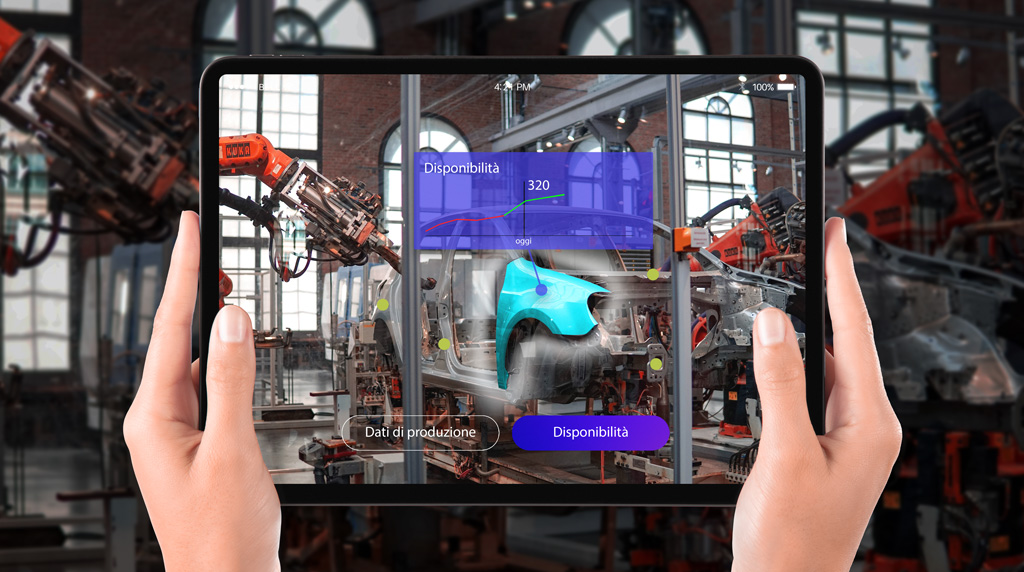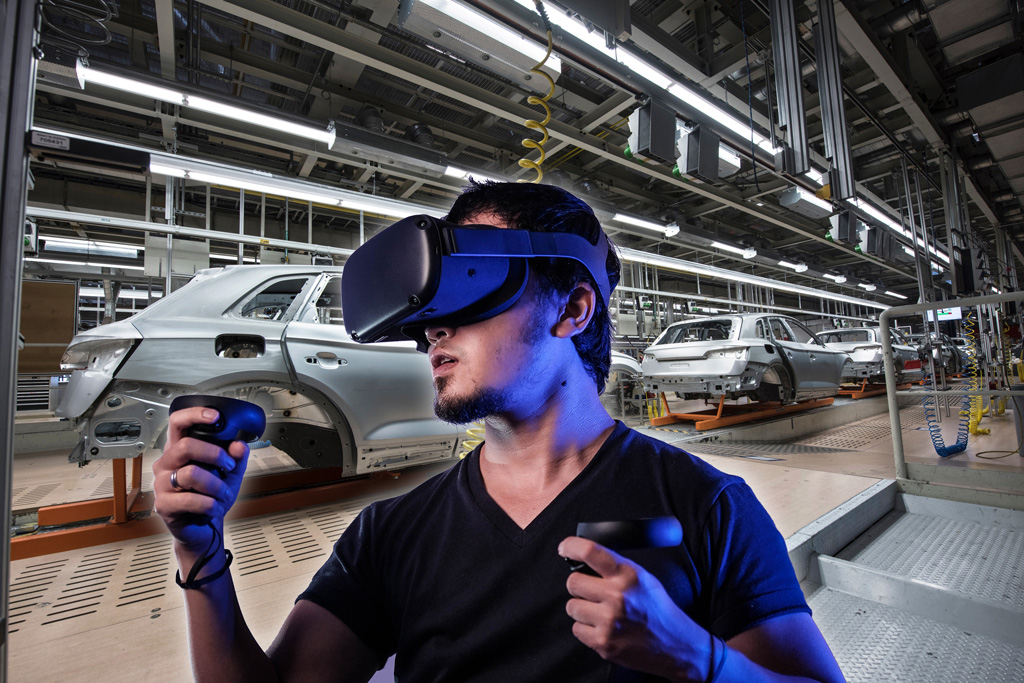Technology Augmented Reality (AR) in the Industrial Sector The role of industrial AR Augmented Reality (AR) is becoming increasingly important...
- Home
- 3D Technology
- Applications
- Projects
-
-
Fashion - Zegna X Project
Automotive - UP Design Project
- PEI Mobility Project
-
Machinery - Breton Project
Manufacturing - Sipro Project
-
Furniture - Stella Project
-
-
- The Company
- Blog
- Contacts
Improve the shopping experience
Applications of Oculus and VR headsets in Industry
In recent years, Oculus and VR headsets have revolutionized the way many industries operate, opening up new possibilities and offering immersive experiences. There are various applications of Oculus in industry and they are changing the processes of training, design, collaboration and remote work. Virtual reality has become a new channel increasingly used by companies, as demonstrated by the experiences created by Audi, DHL and Walmart.
SHOWin3D, with consolidated experience in Italy, fits well into this context. It is among the scalable platforms that can offer interactive 3D on every platform, including VR and AR. For entrepreneurs who dare, we can reveal aspects that actually improve productivity.
“Implementing VR into your workflow could lead to significant improvements in collaboration, training, and overall performance. It is a relatively low-cost investment that can provide a high return in the long term; it’s worth a try “
Source: Forbes
Training and Simulation
VR headsets have introduced a new approach to training and simulation, providing immersive experiences that allow professionals to acquire skills more effectively. In many industries, such as healthcare and aviation, Oculus is used for realistic simulations that allow professionals to gain hands-on experience without risking real-world situations or expensive equipment. With SHOWin3d we have acquired a broad wealth of experience, such that we can work alongside any type of company.
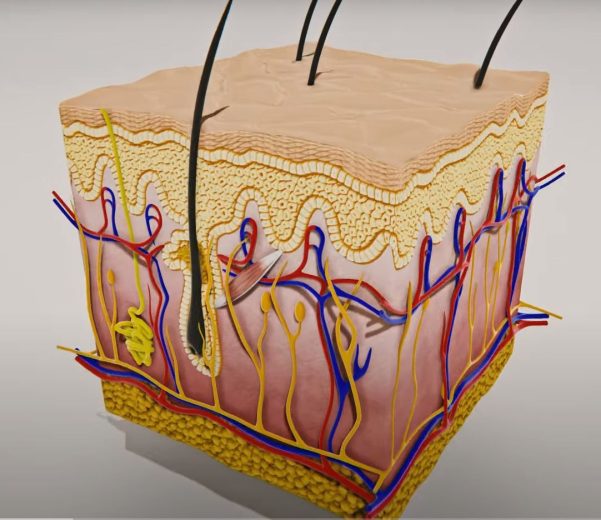
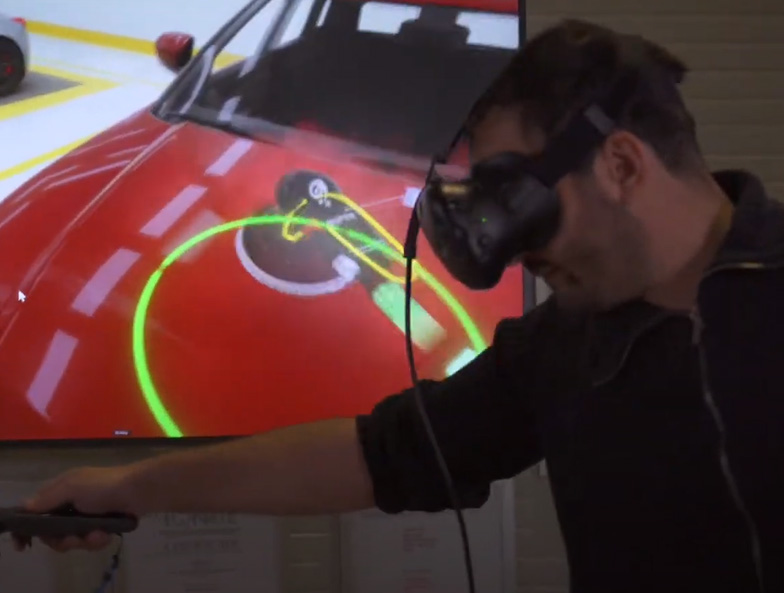
Industry and entertainment
The use of VR is not limited to within the company. Audi has thought of its product as an environment in which to provide an experience to the customer too. Thus holoride was born.
“We took relevant data such as position, speed, steering, acceleration and braking and combined it with artificial environments. In this way, we have not only created a perfectly synchronized journey with movement through virtual worlds, but something radically new that entertains rear-seat passengers in an invisible way.”
Nils Wollny, co-founder and CEO of holoride
Design and Visualization
BOEING’s experience is interesting. Managing millions of pieces is not easy, especially when very high safety standards must be guaranteed. Here augmented reality was used to help with the task.
“Traditionally technicians had to look at and interpret a twenty-foot long two-dimensional drawing and construct that image in their mind and attempt to connect based on this mental model. Using , technicians can easily see where the electrical wires go in the aircraft fuselage. [VR] They can wander around the aircraft and see full depth wiring renderings of their surroundings and access instructions hands-free.”
Brian Laughlin, Boeing Technical
Collaboration and Meetings
Remote Work Solutions
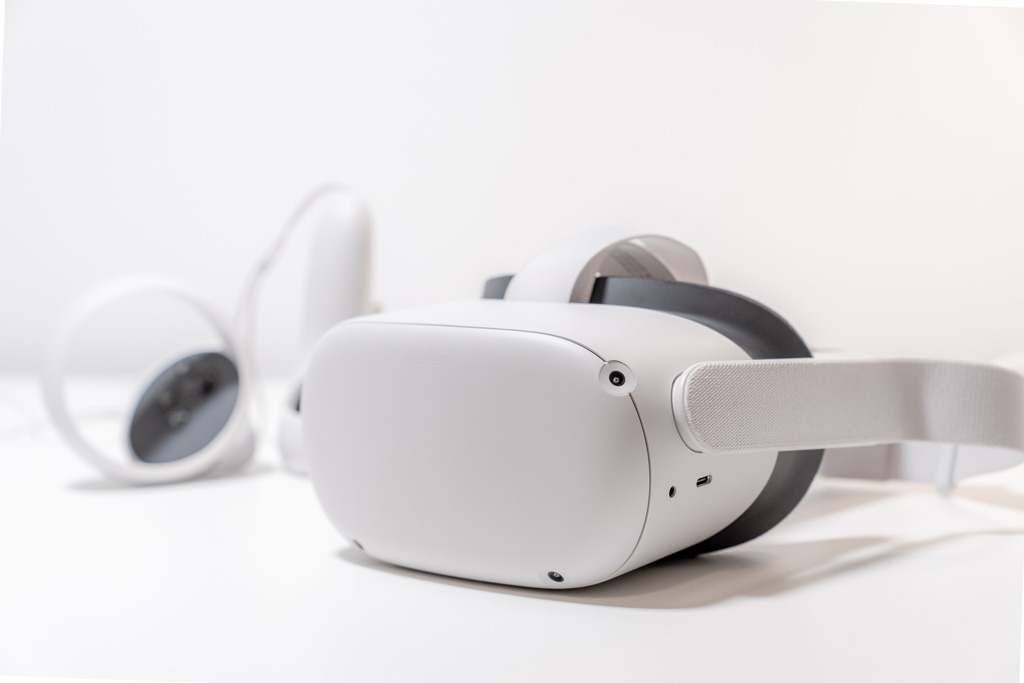
Not just oculus
3D viewers a future to explore
Our Virtual Reality solution
Find out more news
Applications of Oculus and VR headsets in Industry
Improve the shopping experience Applications of Oculus and VR headsets in Industry In recent years, Oculus and VR headsets have...
The advantages of real-time 3D rendering compared to offline precomputed rendering
Rendering without waiting Real-time 3D rendering advantages over precomputed (offline) rendering Real-time 3D is a complex and multifaceted concept mainly...
Virtual Stands and Virtual Products for Trade Fairs
Overcoming Space Limits Virtual Stands and 3D Virtual Products for Trade Fairs Find out more The concept of a virtual...

